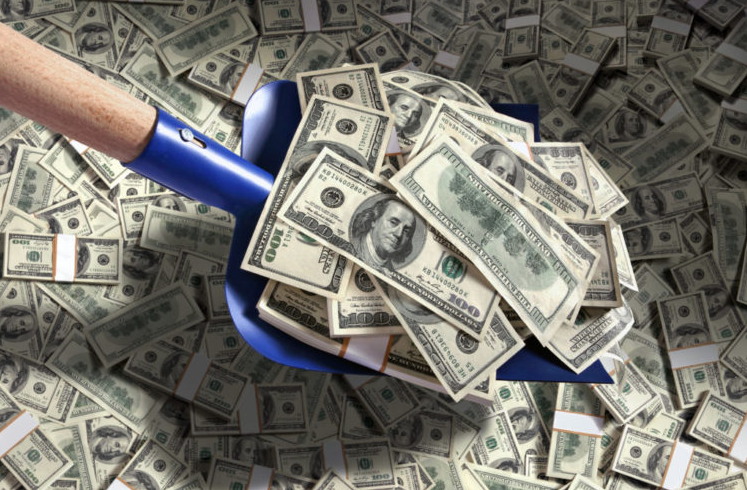Jim Grant writes for Barron’s about the impact of a decade-long Fed policy of suppressing interest rates.
Medically speaking, low interest rates are disinhibitors. They stir the blood, liberate the imagination, and quiet the still small voice of reason that can’t seem to get a word in edgewise.
That voice would like to remind us that tiny yields forever lead to “impulsivity, disregard for financial norms, and faulty risk assessment.” They cause sober investors to behave as if a jigger of scotch had been poured down their throats and into their empty stomachs.
You don’t have far to search for evidence that credit has gone off the rails. The shocking deterioration in the quality of speculative-grade corporate debt makes the case. In January 2007, a year before the Great Recession began, 19.7% of subinvestment-grade borrowers were rated Caa to C, the bottom rungs on Moody’s scale. Today, 43.6% is so designated. …
… Mike Mayo, bank analyst at Wells Fargo, estimates that American depositors have forfeited $500 billion to $600 billion of interest income on $6.6 trillion of interest-bearing deposits over the past 10 years, if one assumes that deposit rates, absent central bank control, would have been at least a percentage point higher.
The Federal Reserve undertook this interest-rate doctoring to achieve full employment and a 2% rate of inflation. The unspoken theory in support of the inflation goal is that a little inflation is somehow better than a little cancer. …
… Radical monetary policy, and the interest rates that go with it, advantage some, punish others. Speculators gain, savers lose. The rich do better than the poor. On balance, has the decadelong experiment in interest-rate suppression yielded the expected net benefit? The answer—“no”—is best explained by the first economist who uttered the five wise words, “There ain’t no free lunch.”


